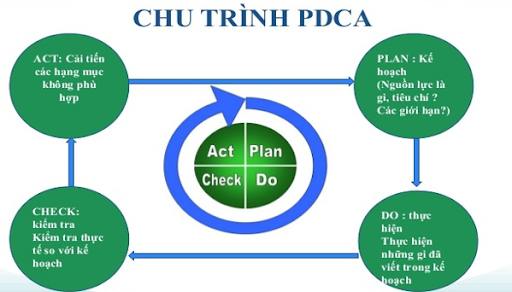Revealing 4 ways to plan marketing budgets in businesses
It is certain that all businesses of any size or field make investments in marketing activities each year.
So the question is: How much should be spent on marketing?
In a company with multiple departments, each department will have a different perspective on the appropriate marketing budget. In this article, I will briefly outline commonly used methods to create marketing budgets for projects and products, which Product Owners (POs) can refer to.
1. What is a marketing budget?
Marketing budget: Is the total amount of money that a business or project sets aside to spend on marketing activities and campaigns over a specific period. This budget includes costs for various types of activities such as advertising, promotions, events, market research, content marketing, SEO, and other marketing strategies.
2. What is the goal of using a marketing budget?
The goal of a marketing budget is to optimize brand recognition, attract new customers, retain existing customers, and ultimately grow revenue. Determining the marketing budget requires balancing business goals with the financial capacity of the business, and must be flexible to adjust to market changes and campaign performance.
3. Revealing 4 ways to plan a marketing budget for businesses
Method 1: Determine marketing budget based on a percentage of revenue.
With this method, just look at your industry structure and determine how much of the product’s revenue is typically used for marketing activities. For example, if our product is expected to allocate 10% of its revenue to marketing activities, and our revenue is 10 billion, then the marketing budget here would be 1 billion per year for that product.
Advantage: This method is easy to calculate and accept.
Disadvantage: This method lacks a solid basis since marketing activities often drive sales increases, not the other way around.
Method 2: Determine marketing budget based on competitive balance (by industry and competitor).
Advantage: This method sets the budget by analyzing competitors’ budgets based on market needs and industry characteristics.
Disadvantage: It’s hard to know the exact budget that competitors use. In addition, companies have different goals and visions, leading to different uses of marketing budgets.
Even if you know your competitor’s marketing budget, you still need to consider your company’s vision and strategy.
Method 3: Determine marketing budget based on goals and expectations (market size). This method is considered a scientifically-based method.
For example: If the market size for product A in Southeast Asia is $100 billion, and the company’s PO expects to aim for 2% market share (equivalent to $2 billion) of this product in this market by 2025. To archive this goal, if the marketing cost to generate $1 revenue is x, then the required marketing budget would be x* $2 billion.
Advantage: It is scientifically grounded, with clear goals and vision.
Disadvantage: It may exceed the company’s budget or financial capacity, or conflict with other business objectives (such as human resources, finance, or sales).
Method 4: Determine marketing budget based on payment ability (decided by the Executive Board)
Advantage: Easy to calculate and control internally.
Disadvantage: The company may not use marketing effectively to influence the market, or may not base it on a competitive market basis.
These are four ways to plan a marketing budget for your business. This article merely provides an overview and does not go into details for each method. However, with this overview, we hope to provide POs with a comprehensive perspective when determining their marketing budget.
Bonus: After establishing a marketing budget, allocate it to categories and periodically recheck the plan following the PDCA (Plan-Do-Check-Act) cycle below.
| PDCA cycle |
| ACT: Improve the non-conforming items |
| CHECK: Check the actual performance against the plan |
| PLAN: What are the resources, criteria, and limitations? |
| DO: Execute what has been written in the plan |
| Exclusive article by FPT IS Expert
Author Dao Thi Trang – CEO of TechUP company, member of FPT IS company |














